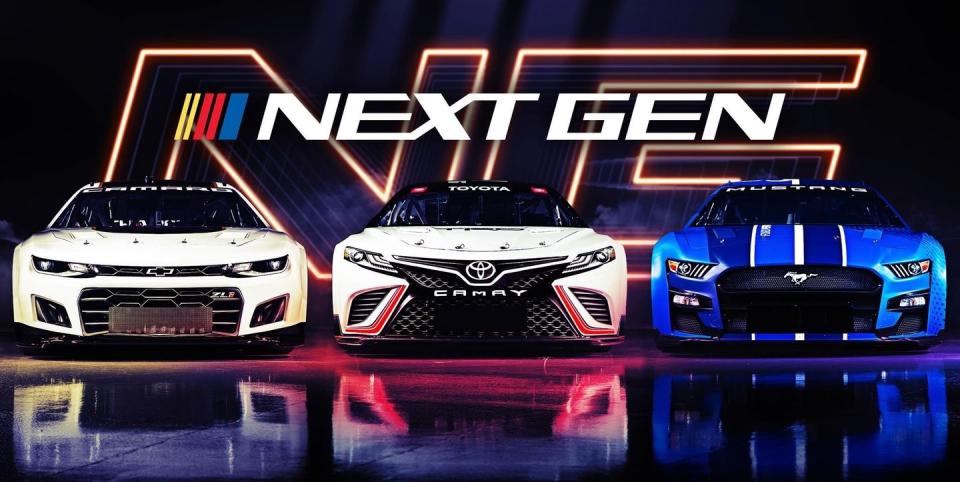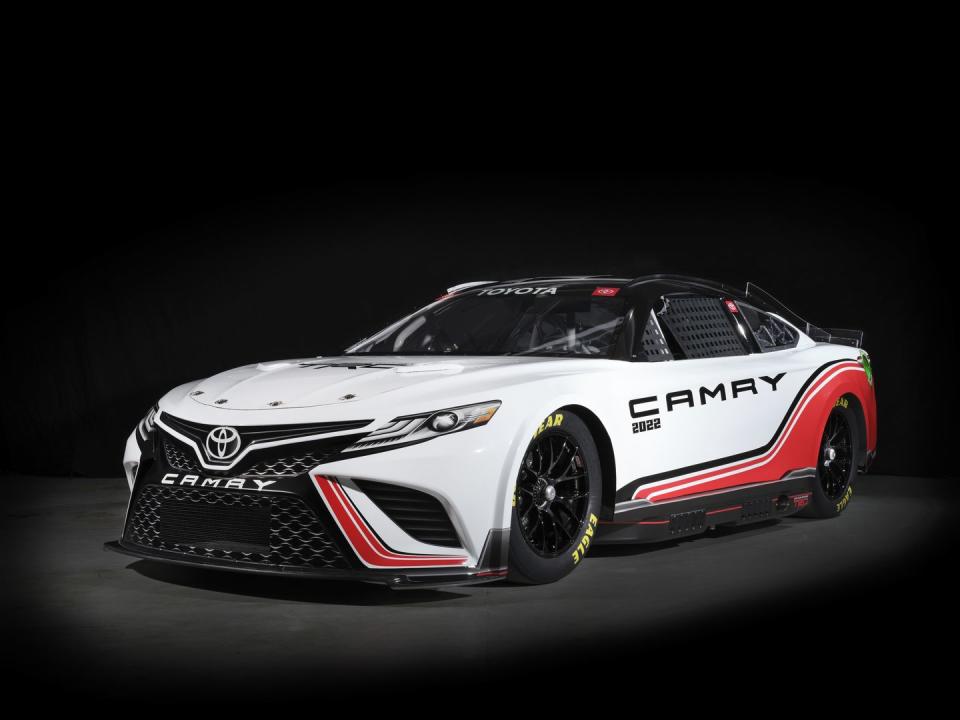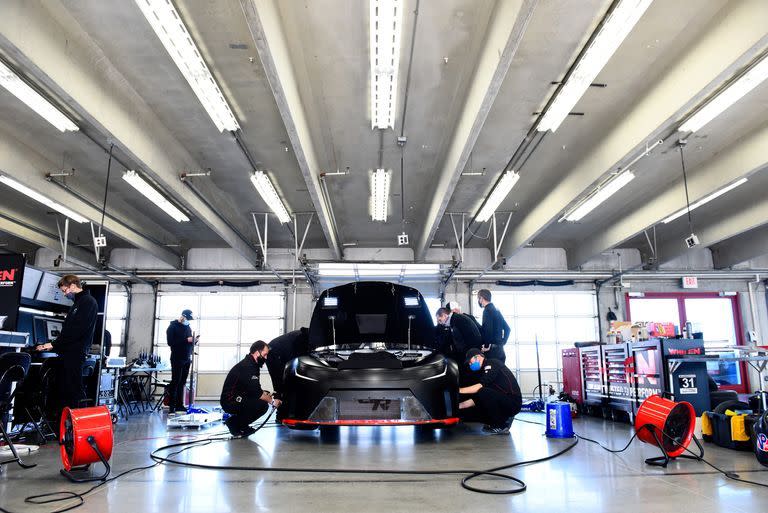Next Gen Race Car Set to Reshape NASCAR Cup Series

NASCAR revealed the Next Gen Cup car earlier this year and set the stage for the most revolutionary change to its top series in more than 70 years.
From top to bottom, the seventh-generation Cup car redefines how manufacturers market, how teams operate, and how drivers drive.
The Next Gen car will debut in an exhibition race on February 6, 2022, at the Los Angeles Coliseum before opening the season on February 20, at the Daytona 500.
When NASCAR's seventh-generation Cup race car—a.k.a. the Next Gen—opens the 2022 season at the Daytona 500, it'll be the first one to have aluminum wheels, rack-and-pinion steering, and an independent rear suspension. And those are just a few of the many monumental changes made to the new machines that'll soon be racing in the sport's most prestigious series.
"I don't think most fans can truly appreciate the scope and the level that we're contemplating with this car. It is unprecedented in the history of NASCAR," said Toyota Racing Development President David Wilson. "The magnitude of change is greater, cumulatively, than the sport has seen in the past 50 years."

While the initial timeline was to launch the Next Gen car for the 2021 season, its testing and development were delayed due to the COVID-19 pandemic, pushing its debut to 2022. But the genesis of this revolutionary redesign got off the ground at the beginning of 2019 when NASCAR officials first discussed an all-new platform intended to make the cars look more like the production versions they're based on as well as reduce operating costs to help draw in new teams and manufacturers to compete alongside the current trio of Chevy, Ford, and Toyota.
23XI Team President Steve Lauletta runs a recently formed team that's adding a second driver next season and said he's excited about what the Next Gen car means to the sport, particularly its cost-effective nature. "That's important for somebody in my position that's going around trying to find financial support to try and fund these teams," he said.
Of course, Lauletta acknowledges the short-term investment that's required for teams to retool their facilities and get up to speed, but he said it’s a great opportunity for them in the long term. The Next Gen car will also require teams to rethink how they operate. "It could put a lot more in the hands of the drivers and the strategy calls and all the things that happen on race day as opposed to engineering parts better than the other on Monday, Tuesday, Wednesday, and Thursday," he said.

With the Cup series about to undergo a fundamental shift, everyone in the sport must adapt to the new way of life. Adam Stevens, crew chief at Joe Gibbs Racing, said the major changes are going to dramatically affect how they prepare for the weekend, how they set the cars up, and how they optimize them. "The crew chiefs, the team guys, they've always been man and machine, and this is more transitioning away from the machine," he said. "So, it's not neglecting it, but it's a stark contrast to how we've raced, and prepared to race, and grew up racing our whole lives."
Earlier this year, NASCAR pulled the covers off the Next Gen Cup car and we learned how drastically different it is compared with its predecessors. Without getting into the weeds, the bodies are now symmetrical, with dimensions that are more like regular cars. The body is also now assembled with carbon-fiber-reinforced plastic panels that are more flexible, durable, and cheaper for teams to repair than the old sheetmetal. Fabricating a steel tube frame is no longer necessary as all cars now have a common center cage with bolt-on front and rear subframes that are easier and less expensive to replace after a crash. The suspension is overhauled, too, with the addition of four-way adjustable dampers and the switch from an archaic live rear axle to a sophisticated independent setup.

 Yahoo Autos
Yahoo Autos 